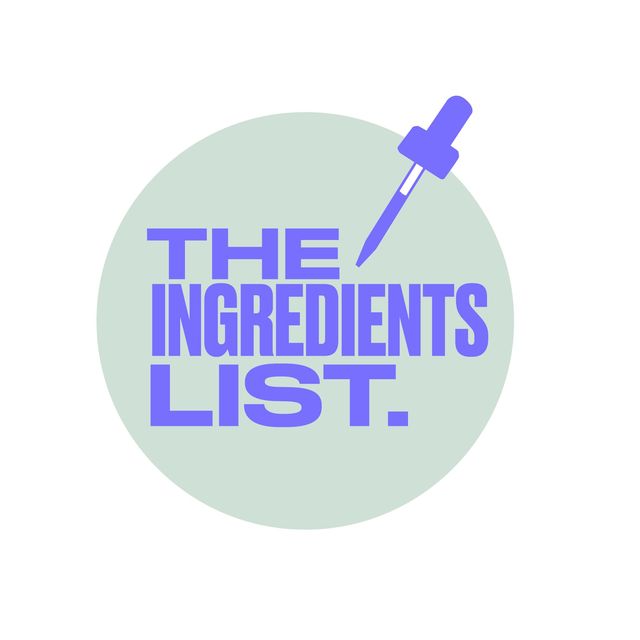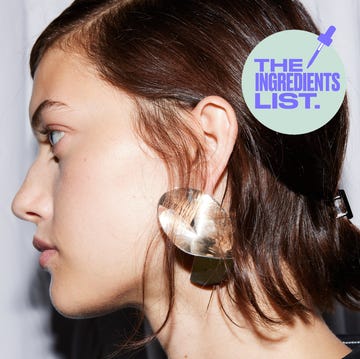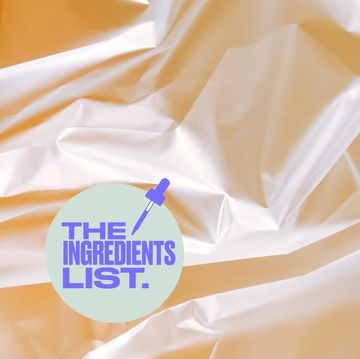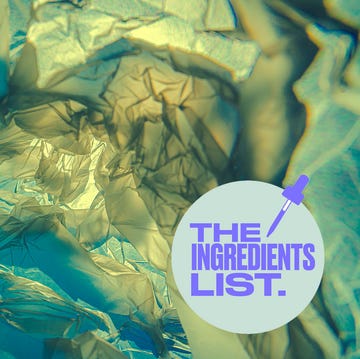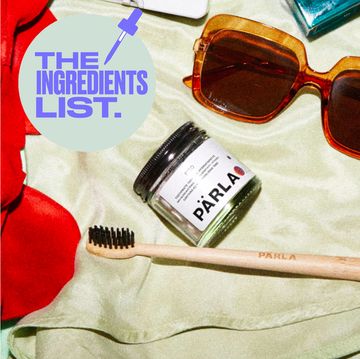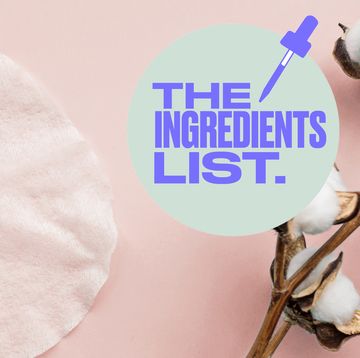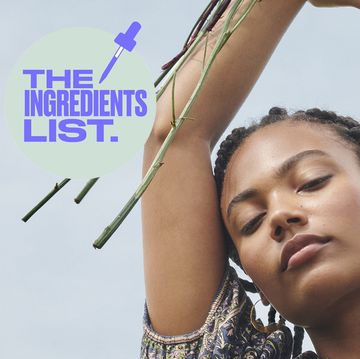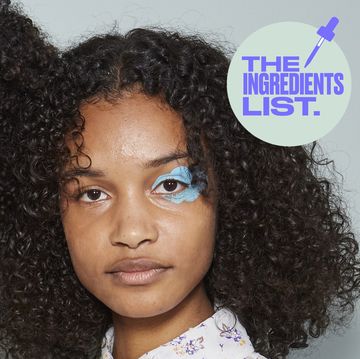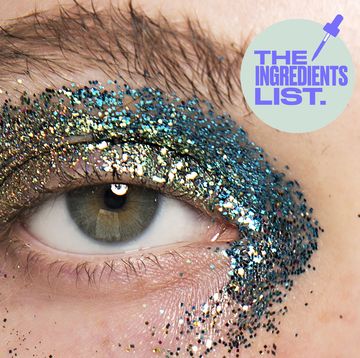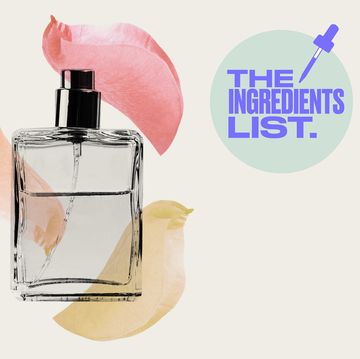The Ingredients List - Breaking down the what, where and why of natural and eco-friendly beauty.
How much do you really know about the beauty products you buy? While we may be presented with reams of information, you only have to dig a little deeper to find how much is actually kept behind closed doors. As an industry built on the idea of selling hope in a jar, when it comes to pricing, quality and, more recently, sustainability credentials, it’s sometimes hard to get the filter-free picture.
With the pressing climate crisis driving a boom in sustainable beauty, both existing and new brands are looking at ways to be more environmentally friendly. But, as having eco credentials becomes a valuable selling point, greenwashing (marketing that makes products seen more sustainable than they actually are) is also rife. In fact, 80% of consumers have doubts about whether to trust the beauty industry's sustainability claims at all.*
Terms like 'sustainable', 'green' and 'eco' have been rendered almost meaningless, leading to confusion and overwhelm about what purchases are actually better for the planet. Remedying the situation is radical transparency - a new movement that puts greater information in the customer’s hands, empowering us to make better choices. Leading the charge is Provenance. The independent third party platform allows brands to legitimise a whole host of claims; from having recyclable packaging to being PETA-approved.
Most recently, Provenance opened up its offering to consumers with a searchable online directory of 200 plus brands and their verified claims. 'Not all sustainability messaging is created equal, and it’s very difficult for shoppers to separate bogus claims from products with a bona fide positive impact,' Jessi Baker, CEO & Founder of Provenance told ELLE UK. 'We created the directory as an antidote to greenwashing and information overwhelm, enabling conscious shoppers to discover brands that match their values,' Baker added.
Other third party platforms, such as ClearForMe, are also helping to demystify things. With ingredient lists famously hard to decipher thanks to unidentifiable numbers or names, the platform makes the list ‘clickable,’ allowing you to easily find out, in plain English, exactly what you're putting on your face. Used by the likes of Westman Atelier, clean skincare favourites Versed, and Hailey Beiber’s Rhode, ClearForMe is making formulas shrouded in secrecy a thing of the past.
Brands themselves are also pushing to make their ingredient lists more transparent with upfront labelling that puts percentages clearly on the front of the bottle, rather than hidden on the back. 'On each of our labels, you’ll find the percentage of natural and organic ingredients for full transparency. We do this to ensure that our customers know exactly what they’re applying onto their skin,' says Laura Rudoe, Founder and CEO of Evolve Organic Beauty. Clever technology like QR codes can also help improve transparency. Shiseido’s new natural skincare brand Ulé allows complete traceability via a QR code on each bottle. Simply scan the code to see a map indicating where each element is sourced.
As the radical transparency movement gains momentum, brands are increasingly operating as communities and involving us, the shoppers, in their plans. UpCircle, the London-based brand that uses upcycled ingredients, goes one step further. After releasing their annual CSR (a corporate social responsibility document many brands now create) UpCircle invite customers to join online events where they talk through the report and allow for questions and explanations. 'As a brand it keeps us on the top of our game if our customers hold us accountable. Consumers are increasingly asking the same questions of beauty products that they are of food products – what is inside, how is it made, who is making it and why are they making it?,' says Anna Brightman, co-founder of UpCircle.
This idea of radical transparency stretches beyond sustainability with a new breed of brands rewriting the narrative across the board. Pricing is a key element of this. Take Isla Beauty, a brand that openly publishes information about costs alongside detailed info on its formulations. 'We felt extremely frustrated by the disingenuous marketing that runs rampant around the internet and we wanted to create a new paradigm,' founder Tracy Dubb says. 'The consumer is so much smarter than they used to be, and so much more sceptical, and we feel that as a brand we have nothing to hide. What we know about our brand is that we are uniquely positioned to make high performance, innovative products at a price that's not going to be beaten somewhere else,' she added.
The skincare brand prides itself on cutting back and sharing exactly where the money you're spending actually goes, as well as its consistent 2x mark-up cost, compared to the industry average of 6-10x. Dieux is singing from the same song sheet too. On each of their product pages, you can see the landed cost (which includes formula, packaging, testing, payment processing, shipping and handling) alongside the mark-up (they mark products up by 2.78x) and the cost the customer pays as a result.
With all of us feeling the pinch thanks to the cost of living crisis, knowing you’re getting the right bang for your buck has never felt more pertinent - and as our planet’s health gets more urgent, knowing your helping, rather than hindering with your beauty purchases is becoming a pressing priority. Here's to continued radical transparency.
*According to Provenance

